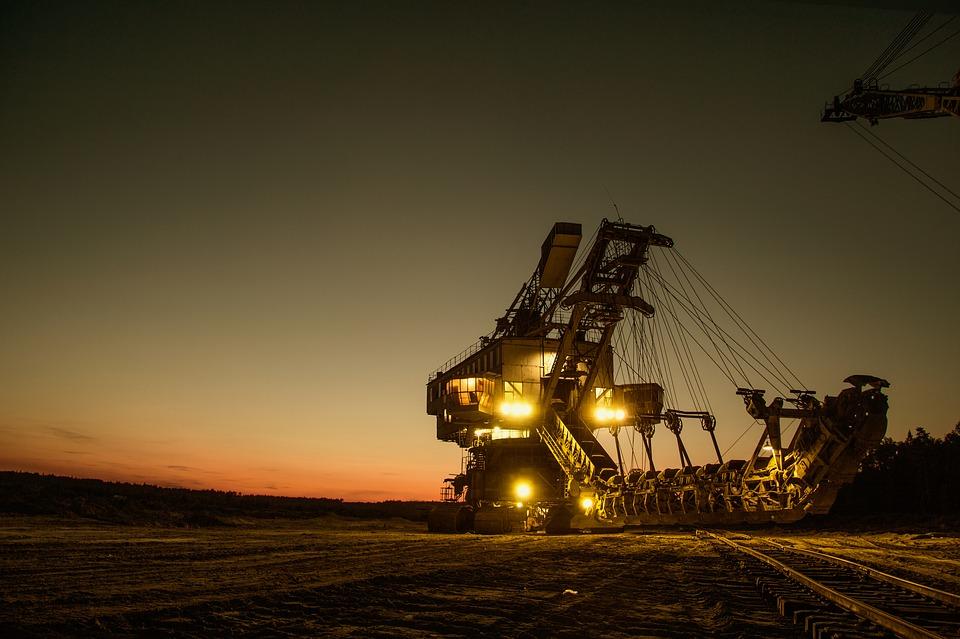Mining is a thriving industry in Canada, contributing over $57 Billion towards country’s GDP and accounting for over 189,823 jobs as of 2016. However, with the rising significance of sustainable industrial practices, it is becoming vital for coal, mineral, and fossil fuel mining companies to ensure their compliance with environmental laws at the federal as well as the provincial level.
Production of fossil fuels and other mining activities in Canada are primarily regulated by the Metal Mining Effluent Regulations under the Fisheries Act at the federal level and the Mines & Minerals Act at the provincial level. Consulting an experienced environmental lawyer can help businesses understand the specifications of these legislations and ensure the compliance of their operations.
Here’s a closer look at the key mining laws and regulations that Canadian companies need to know about:
1) Metal Mining Effluent Regulations under the Fisheries Act
A distinct provision of the Fisheries Act, Metal Mining Effluent Regulations are principally responsible for inspecting and regulating the quality of effluent discharges released by metal mines. Since the Fisheries Act directs the payment of fines against the discharge of any material classified as deleterious into water bodies categorized as the habitats of commercial, aboriginal and recreational fishery, these effluent regulations can be implemented for the levitation of heavy fines and restrictions on mining industries, if found non-compliant.
2) Canadian Environmental Assessment Act
The Canadian Environmental Assessment Act is primarily responsible for the evaluation and regulation of major industrial projects in the country. The ordinance reviews industrial developments, appraises their impact on the environment and recommends alterations as needed. Failure in complying with these recommendations can lead to heavy fines and penalties for your mining company.
3) Freehold Mineral Rights Tax Act
As per the year 2015, 95% of all the oil reserves of Canada are based in the oil sands deposits of Alberta. The Freehold Mineral Rights Tax Act is a key legislation determining the use and sale of pore space in the province. The Act imposes a tax on the ownership of subsurface property by entities other than the federal, provincial and municipal authorities. Lack of compliance with these taxation regulations can also lead to the implementation of fines for mining industries.
4) Mines & Minerals Act
The Mines & Minerals Act regulates the initiation, allocation, and administration of all agreements pertaining to minerals. Beyond determining the classification of different mines and minerals, the act also provides Government of Alberta complete authority over levitation and collection of bonuses and royalties for all the subsurface property in the province including quarries, mines and wells.
5) Coal Conservation Act
Although the use and allocation of most minerals and fossil fuels are classified under the Mines & Minerals Act, the Coal Conservation Act primarily governs the administration of the scheme of approvals established by Alberta Energy Regulator (AER). This Act is responsible for the development of resources associated with coal in the province.
These were a few vital mining laws and regulations that industries in Canada should know about. Referring to an experienced environmental lawyer can help businesses ensure their compliance with these regulations. Consult our legal experts to develop a compliance strategy for your business.

